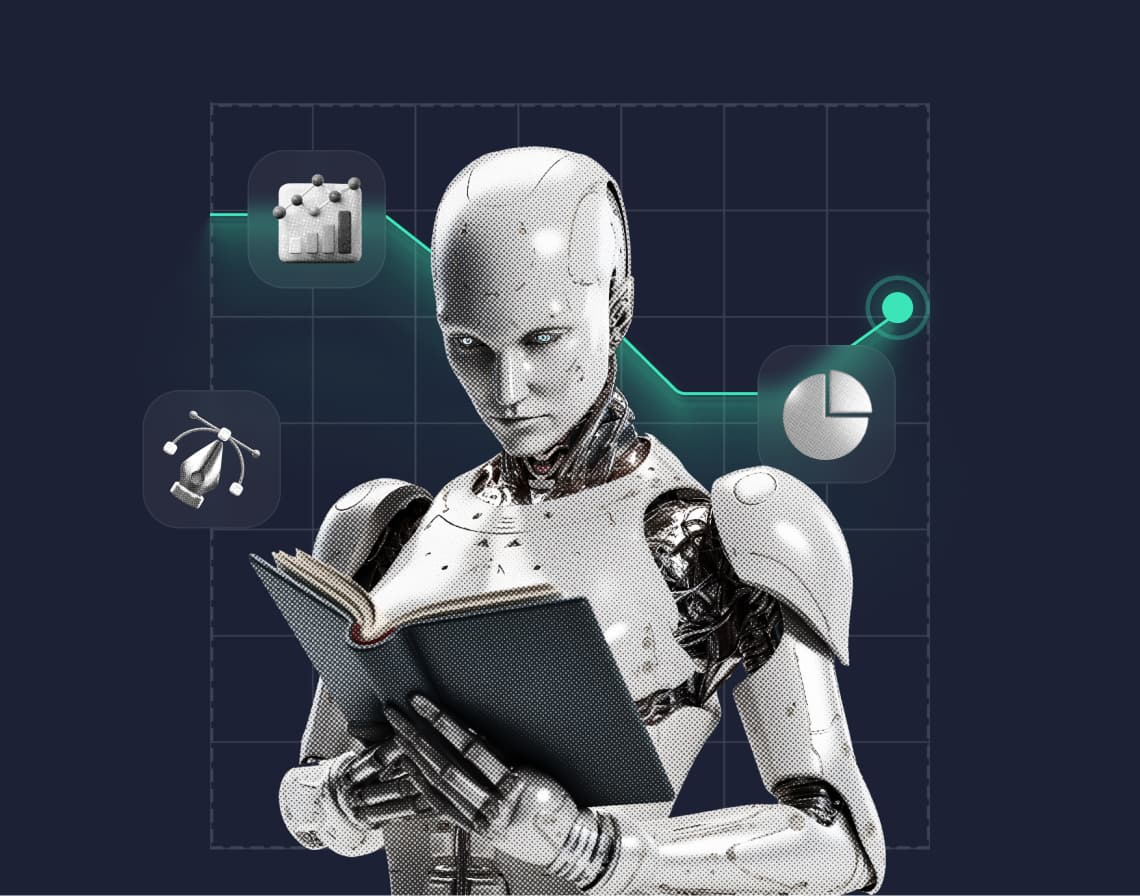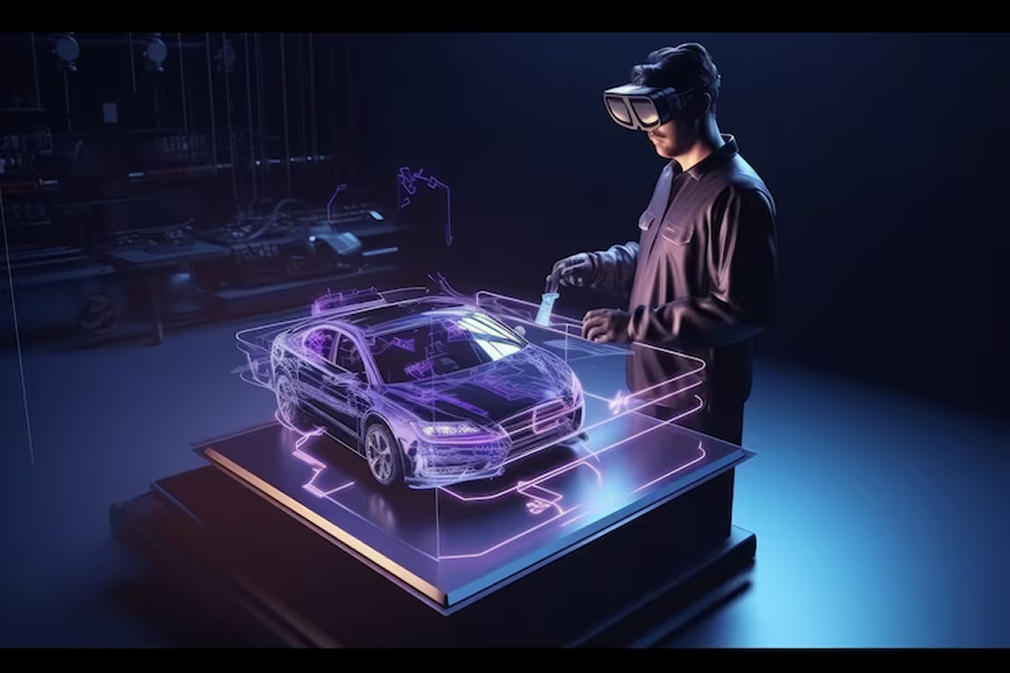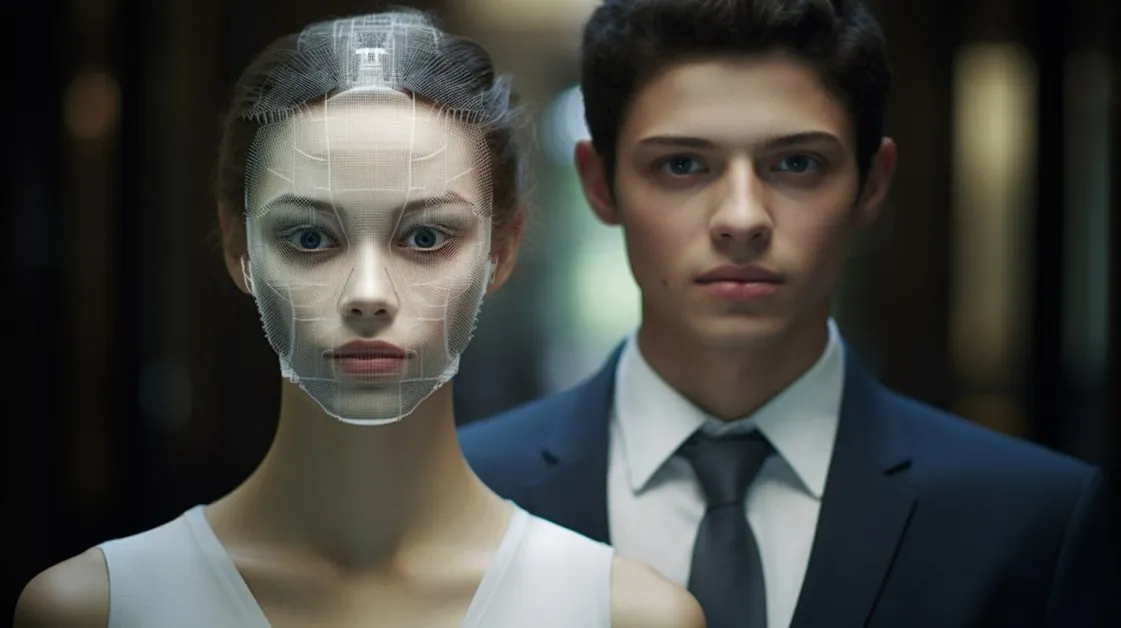Artificial intelligence can already write texts, draw, drive cars, diagnose, and manage production. All this makes millions of people around the world wonder: will I be left without a job? A scary but necessary conversation. Let’s take an honest look at whom AI can really replace, and which professions will remain in demand – and why.
Why is AI increasingly influencing the labor market?
AI systems are developing exponentially. Over the past 5 years, they have moved from simple chatbots to complex neural networks capable of analyzing data, learning, and making decisions. And most importantly, AI works quickly, without fatigue, errors, or days off, which makes it attractive for business.
In addition:
The cost of technology is decreasing.
Cloud services simplify the implementation of AI.
Companies are striving to automate processes to reduce costs.
All this makes automation widespread and inevitable.
Who can AI replace in the next 10 years?
1. Call center operators
AI already processes calls, understands speech and offers solutions. Virtual assistants cope with tasks no worse than human operators, especially in standard situations.
2. Accountants and auditors
AI programs process invoices, find errors, make reports and even give recommendations. Routine tasks are especially at risk – calculations, reconciliations, documents.
3. Copywriters and translators
AI can write texts, create product descriptions, adapt style and even joke. Machine translation has become much more accurate, especially with context support.
4. Junior lawyers
Analyzing contracts, searching for violations, preparing standard documents – AI can do all this. There are already services that replace junior lawyers in large firms.






